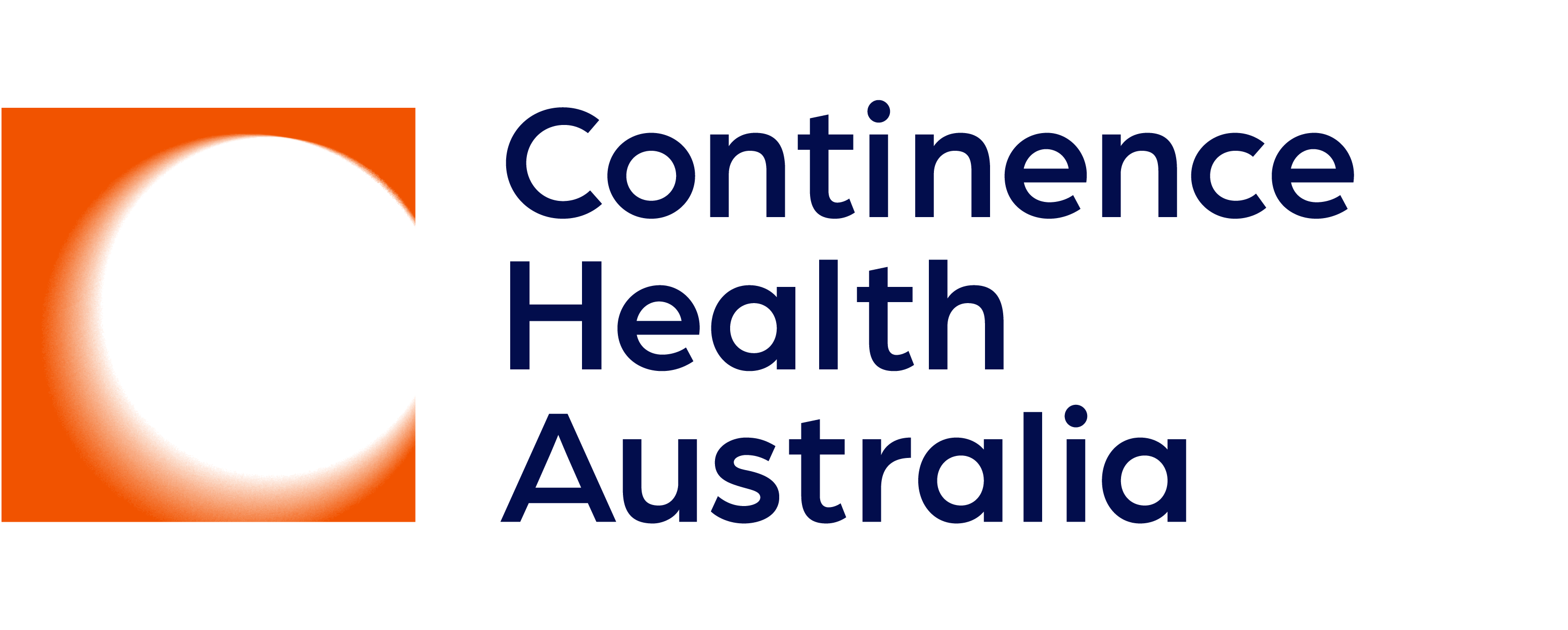World Continence Week ran from Monday 16 June to Sunday 22 June 2025 and this year Continence Health Australia shone a spotlight on a condition that affects millions but remains widely misunderstood and under-discussed.
Click below to learn more about:
Shining a light on incontinence in Australia
With one in four people in Australia experiencing some form of incontinence, it’s time we shine a light on the prevalence of this common condition.
A recent report from Deloitte Access Economics, commissioned by Continence Health Australia, has unveiled:
- In 2023, there were over 7.2 million people with incontinence in Australia
- By 2032, it is estimated that the number of Australians living with some degree of incontinence will rise to 8.6 million, representing 34.1% of the population
- 71% of people with incontinence are younger than 65 years
This World Continence Week, we call on communities to break the silence, challenge misconceptions and foster open conversations about continence health.
What is incontinence?
One in four people in Australia experience incontinence. Incontinence is the involuntary loss of bladder and bowel control.
The good news is, incontinence is a common condition that, with the right help, can be better managed, treated and sometimes even cured.
WATCH: What is incontinence?
Watch to learn more about incontinence and where to seek help.
WATCH: Wee stories
Wee stories are three short, animated videos about bladder control. Continence Health Australia created these stories with people who shared their real-life experience.
Watch the whole series:
If these stories sound like you, you can get help. Call the National Continence Helpline on 1800 33 00 66 for a free and confidential conversation with a Nurse Continence Specialist.
Where can I seek help for my incontinence?
National Continence Helpline 1800 33 00 66
The National Continence Helpline (1800 33 00 66) is staffed by Nurse Continence Specialists who offer free and confidential information, advice and support to people affected by incontinence. They also provide a wide range of continence resources and information on local continence services.
The Helpline is available to anyone living in Australia and is funded by the Australian Government Department of Health. It operates 8am-8pm (AEST) Monday to Friday excluding national public holidays.
Talking to a health professional
Talking to your doctor is a good starting point to begin seeking help for a continence issue. Read our ‘tips for taking the first steps’ and learn how to prepare for your first consultation.
Looking for a toilet near you?
The National Public Toilet Map is a free website and App that shows the location of more than 24,000 public toilet facilities across Australia. This is a useful map for all Australians when they are moving around the community especially people with incontinence, travelers, or young families.
Stories of lived experience
READ: Bridge Magazine
Bridge Magazine is a quarterly publication written for people with incontinence and their family, friends and carers. It includes stories of the lived experience and advice from health professionals.
LISTEN: This is My Story Podcast
This is My Story is a podcast series brought to you by the Continence Health Australia, which shares the real and raw journeys of Australians who experience incontinence. These stories represent the diverse experiences of four individuals and how their incontinence was identified, how they manage it, the care path they have taken, the value of professional health and their tips and strategies for living with incontinence.
World Continence Week 2025 resources
Access our World Continence Week resources, including shareable social media tiles and printable posters.
Share your support!
If you are planning a World Continence Week 2025 event, we’d love to hear about it! Send us an email and share photos with [email protected].

